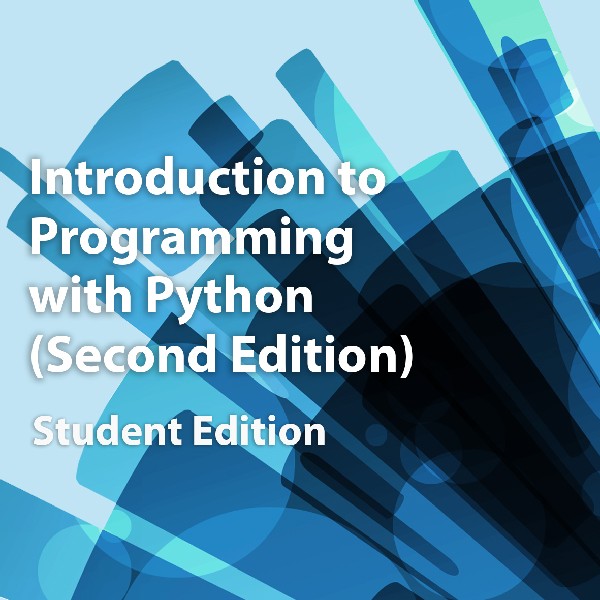
Introduction to Programming with Python (Second Edition), Student Edition
Introduction to Programming with Python (Second Edition)
Course Specifications
Course Number: ELK94–031_rev1.0
Course Length: 2 days
Course Description
Though Python® has been in use for more than 30 years, it has become one of the most popular languages for software development, particularly within the fields of data science, machine learning, artificial intelligence, and web development—all areas in which Python is widely used. Whether you're relatively new to programming, or have experience in other programming languages, this course will provide you with a comprehensive first exposure to the Python programming language. This can serve as a quick start in Python, or as the foundation for further learning.
You will learn elements of the Python 3 language and development strategies by creating a complete program that performs a wide range of operations on a variety of data types, structures, and objects; implements program logic through conditional statements and loops; structures code for reusability through functions, classes, and modules; reads and writes files; and handles error conditions.
Course Objective: In this course, you will develop simple command-line programs in Python.
You will:
- Set up Python and develop a simple application.
- Perform operations on simple data types, including strings and numbers.
- Perform operations on data structures, including lists, ranges, tuples, dictionaries, and sets.
- Write conditional statements and loops.
- Define and use functions, classes, and modules.
- Manage files and directories through code.
- Perform basic exception handling.
Target Student: This course is designed for people who want to learn the Python programming language in preparation for using Python to develop software for a wide range of applications, such as data science, machine learning, artificial intelligence, and web development.
Prerequisites: Some experience programming in an object-oriented language is helpful, but not required. This course will be useful to anyone new to programming.
To ensure your success in this course, you should have at least a foundational competence with personal computing. You can obtain this level of skills and knowledge by taking one of the following Logical Operations courses:
- Using Microsoft® Windows® 11 (with Copilot)
- Microsoft® Windows® 11: Transition from Windows® 10
- Using Microsoft® Windows® 10 (Second Edition)
Hardware Requirements
For this course, you will need one computer for each student and one for the instructor. Each computer will need the following minimum hardware configurations:
- Modern x86-64 processor.
- Most Intel Core processors and AMD Zen processors since 2017 should be sufficient. Using an older processor may work, but could lead to sluggishness in the VM.
- 8 gigabytes (GB) of random-access memory (RAM).
- 25 GB available storage space.
- Mouse, keyboard, and monitor.
- High-speed, stable Internet connection.
- For the instructor's computer, a method to project and/or share the screen as needed for local and remote class participants.
Software Requirements
- Microsoft® Windows® 10 or 11 64-bit.
- Oracle® VM VirtualBox version 7.0.6 (VirtualBox-7.0.6-155176-Win.exe).
- VirtualBox is distributed with the course data files under version 2 of the GNU General Public License (GPL).
- If necessary, software for viewing the course slides. (Instructor machine only.)
NOTE: While it is possible to run VirtualBox on other operating systems, this course was written and tested using Windows 11. If your classroom computers will use a different operating system, it is highly recommended that you install and test VirtualBox and the course VMs on the computers to make sure you can key through the course successfully before delivering a class.
NOTE: The Linux operating system is already installed on the VM that will be loaded in VirtualBox. Specifically, this VM runs the Lubuntu 24.04 ("Noble Numbat") distribution.
NOTE: The system on the VM is configured to log the user in automatically. If you or your students are prompted at any time to log in, the account is named student and the password is Pa22w0rd.
Course Content
Lesson 1: Setting Up Python and Developing a Simple Application
Lesson 2: Processing Simple Data Types
Lesson 3: Processing Data Structures
Lesson 4: Writing Conditional Statements and Loops
Lesson 5: Structuring Code for Reuse
Lesson 6: Writing Code to Process Files and Directories
Lesson 7: Handling Exceptions
Appendix A: Major Differences Between Python 2 and 3
Appendix B: Python Style Guide
Appendix C: Mapping Python Course Content to Python Institute Certification Exams
